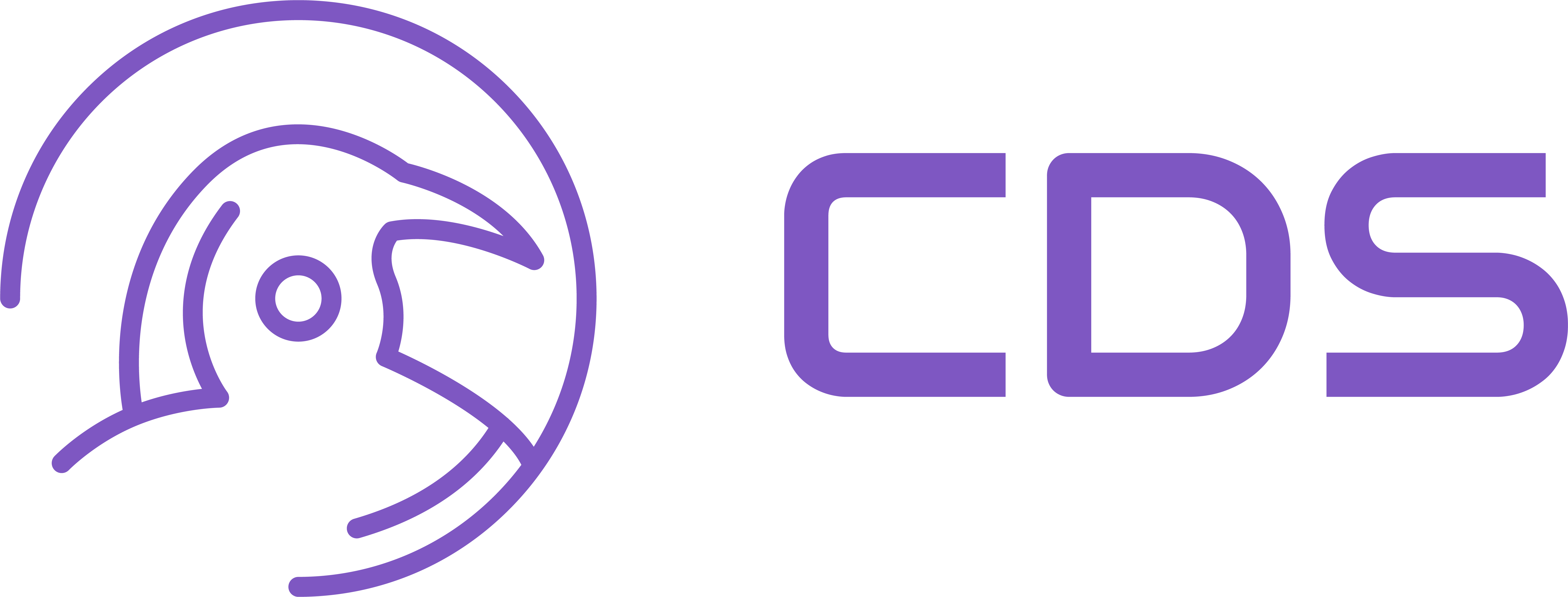Saga Protocol represents a revolutionary step forward in blockchain technology, offering unparalleled scalability and flexibility for developers. As a layer-1 blockchain, Saga is uniquely tailored to address the needs of the gaming industry while also serving as a robust foundation for the broader web3 and metaverse ecosystems. With its innovative design, Saga is redefining how developers interact with blockchain infrastructure, making the deployment of custom chains as simple as launching a smart contract.
What Is Saga Protocol?
Saga Protocol is a cutting-edge layer-1 blockchain, purpose-built to support gaming and entertainment applications. It stands out as a platform for developers to create custom, application-specific blockchains with ease. Unlike existing systems, Saga utilizes mutual security, validator coordination, and streamlined deployment processes to simplify the creation of these specialized blockchains, known as Chainlets.
These Chainlets are independent blockchain environments that inherit security and validator protocols from the Saga Mainnet, ensuring robust and reliable performance. Saga’s ultimate goal is to facilitate the creation of the next wave of decentralized innovations, specifically targeting the gaming and entertainment sectors within the expanding Saga Multiverse.
Key Team Members
Saga was founded by a talented team with diverse expertise:
- Rebecca Liao (CEO): A seasoned entrepreneur in crypto and AI.
- Jin Kwon (CSO): Known for contributions to the Cosmos ecosystem.
- Jacob Mcdorman (CTO): An expert in product development.
- Bogdan Alexandrescu (VP of Engineering): A former leader at Apple and Twitter.
How Does Saga Protocol Work?

Saga Protocol operates on the Saga Mainnet, where developers can request the creation of a Chainlet tailored to their application. Here’s how it works:
- Chainlet Deployment: Developers interact with the Saga Mainnet to provision a Chainlet. These app-specific blockchains leverage Cosmos Interchain Security (ICS), sharing the same validator set and security guarantees as the Saga Mainnet.
- Validator Compliance: Validators in the Saga network must adhere to a strict Service Level Agreement (SLA), covering uptime, relaying, and verification responsibilities. Any violations are reported through Inter-Blockchain Communication (IBC), and penalties are enforced by slashing staked Saga tokens.
- Customizable Modules: Chainlets can integrate various Cosmos SDK modules and virtual machines, such as EVM, Cosmwasm, SolanaVM, or MoveVM, allowing developers to create highly specialized environments.
This design ensures that developers have complete control over their Chainlets while benefiting from Saga’s underlying infrastructure, security, and interoperability.
What Makes Saga Protocol Unique?
Saga introduces several groundbreaking features, making it a standout in the blockchain space:
- Limitless Horizontal Scalability: Each Chainlet functions as an independent appchain, enabling projects to scale without restrictions.
- Flexible Monetization Models: Developers can set their preferred fee structures, from token-based to fiat or stablecoin transactions, ensuring cost efficiency and adaptability.
- Automation and Simplicity: The process of launching a Chainlet is streamlined through the Saga WebApp, reducing the complexity of blockchain deployment to a few simple steps.
- Enhanced Interoperability: Assets can move seamlessly between Chainlets and other ecosystems, thanks to Saga’s rapid bridging and composability features.
- Customizable Environments: Each Chainlet is fully customizable, giving developers maximum flexibility for their applications.
- Versatile Applications: While gaming is a primary focus, Saga’s protocol is also well-suited for other sectors, such as DeFi.
SAGA Token
The SAGA token serves as the core utility token of the Saga Protocol, introducing a novel fee model that shifts the cost burden from users to developers. Here’s how the tokenomics are structured:
1. Front-End (End User to Developer):
Saga enables developers to design custom fee systems, ranging from freemium to subscription models, providing maximum flexibility to cater to diverse user bases.

2. Back-End (Developer to Saga Mainnet):
Developers pay for Chainlet provisioning using SAGA tokens. Much like renting cloud resources on platforms like Amazon EC2, developers can choose subscription tiers based on their computational needs, with discounts available for long-term commitments.

Tokenomics and Supply
- Initial Token Supply: 1 billion SAGA tokens.
- Inflation Rate: Designed to maintain a target annual rate of approximately 7%.
- Launch Date: The Saga Mainnet went live on April 9, 2024.
Conclusion
Saga Protocol is a bold step forward in blockchain technology, combining scalability, interoperability, and developer-first design. By enabling seamless deployment of custom blockchains, Saga empowers developers to create innovative applications in gaming, DeFi, and beyond. Backed by a visionary team and a robust infrastructure, Saga is poised to transform the blockchain landscape and drive the next wave of web3 and metaverse innovation.
















Leave a comment